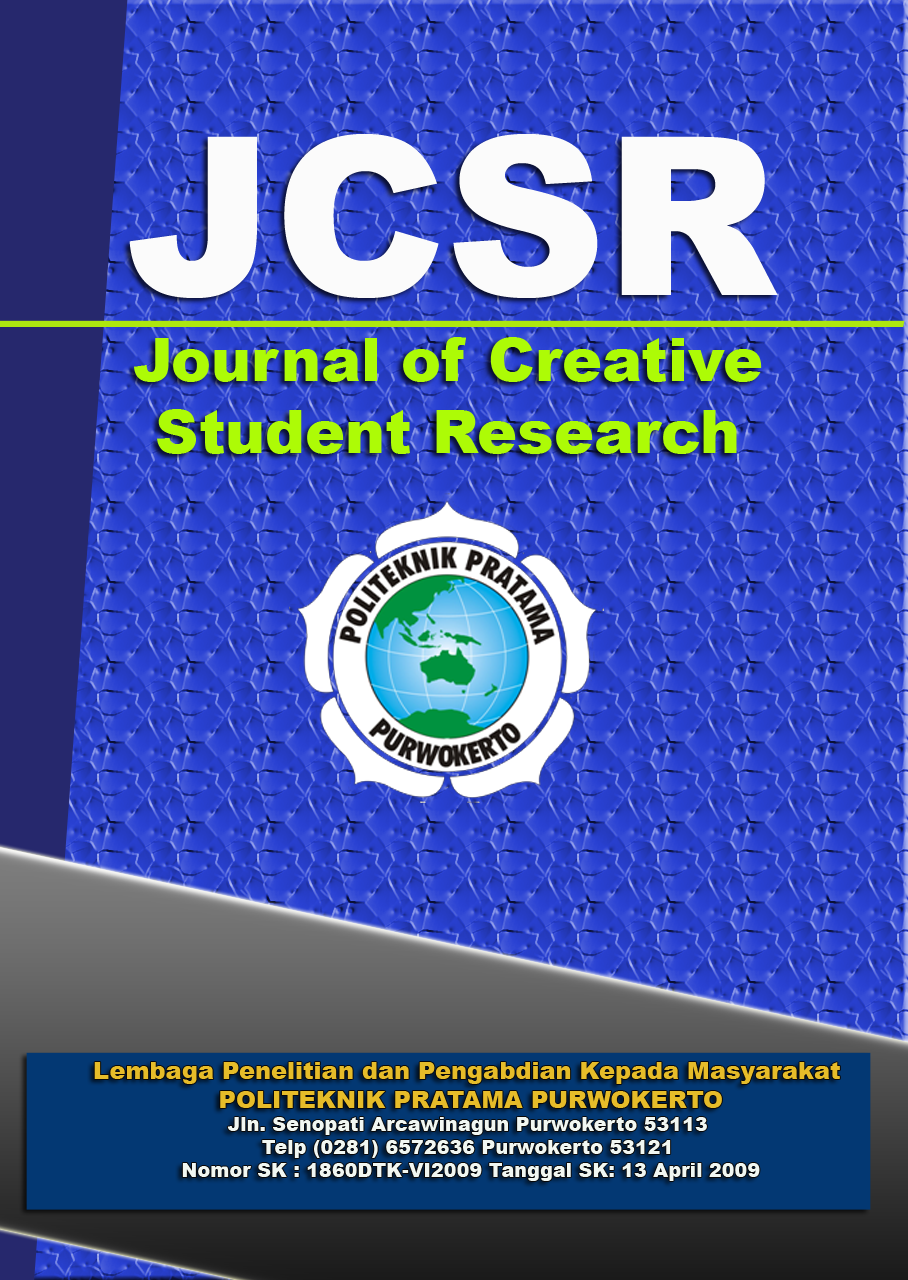Analisis Kualitas Produk Solid Flooring untuk Meminimasi Cacat dengan Metode Six Sigma dan FMEA
DOI:
https://doi.org/10.55606/jcsrpolitama.v1i2.1516Keywords:
FMEA, Quality Product, Solid Flooring, Six Sigma.Abstract
PT. Kali Jaya Putra is a manufacturing company that focuses on the production of wood floors. One of the products produced is solid flooring. In a series of production processes, product defects are still found up to 7.5% of total production, defects that often occur such as cracks, pinholes, roughness, and also twists which certainly affect product quality. The research conducted aims to determine the percentage of defective products, the causes of defects and the resulting impacts or effects, and to provide recommendations for improvements to minimize the percentage of defects in solid flooring products at PT Kali Jaya Putra. The method used is Six Sigma and Failure Mode and Effect Analysis (FMEA). The results of this study are that the most dominating defects are crack (53.75%), followed by pinhole defects (36.77%), twist (8.62%), and roughness (0.85%). The causes of defects in products are caused by several factors such as humans, machines, methods, materials, and the environment. Based on FMEA, it is known that the cause of the defect with the highest RPN is 384, namely operator negligence in material sorting. As for recommendations for improvement that can be given, namely conducting training on the grading of raw materials in the hope of minimizing operator errors in sorting raw materials.
Downloads
References
Assauri, S. (2008). Manajemen Produksi dan Operasi (Revisi). UI Press.
Bhuvanesh Kumar, M., & Parameshwaran, R. (2018). Fuzzy integrated QFD, FMEA framework for the selection of lean tools in a manufacturing organisation. Production Planning and Control, 29(5), 403–417. https://doi.org/10.1080/09537287.2018.1434253
Firmansyah, R., & Yuliarty, P. (2020). Implementasi Metode DMAIC pada Pengendalian Kualitas Sole Plate di PT Kencana Gemilang. Jurnal PASTI, 14(2), 167. https://doi.org/10.22441/pasti.2020.v14i2.007
Gasperz, V. (2002). Pedoman Implementasi Program Six Sigma Terintegrasi dengan ISO 9001:2000. PT Gramedia Pustaka Utama.
Handoko, H. T. (2000). Dasar Manajemen Produksi dan Operasi. BPFE.
Hanif, R. Y., Rukmi, H. S., & Susanty, S. (2015). Perbaikan Kualitas Produk Keraton Luxury di PT.X dengan Menggunakan Metode Failure Mode and Effect Analysis (FMEA) dan Fault Tree Analysis (FTA). Reka Integra, 03(03), 137–147.
Jones, E. C., Parast, M. M., & Adams, S. G. (2010). A framework for effective Six Sigma implementation. Total Quality Management and Business Excellence, 21(4), 415–424. https://doi.org/10.1080/14783361003606720
Montgomery, D. C. (1990). Pengantar Pengendalian Kualitas. In Z. Soejoeti & Subanar (Eds.), Alih Bahasa: Zanzawi Soejati. Yogyakarta. Gadjah Mada University Press.
Pugna, A., Negrea, R., & Miclea, S. (2016). Using Six Sigma Methodology to Improve the Assembly Process in an Automotive Company. Procedia - Social and Behavioral Sciences, 221, 308–316. https://doi.org/10.1016/j.sbspro.2016.05.120
Rimantho, D., & Mariani, D. M. (2017). Penerapan Metode Six Sigma Pada Pengendalian Kualitas Air Baku Pada Produksi Makanan. Jurnal Ilmiah Teknik Industri, 16(1), 1. https://doi.org/10.23917/jiti.v16i1.2283
Sirine, H., Kurniawati, E. P., Pengajar, S., Ekonomika, F., Bisnis, D., & Salatiga, U. (2017). Pengendalian Kualitas Menggunakan Metode Six Sigma (Studi Kasus pada PT Diras Concept Sukoharjo). AJIE-Asian Journal of Innovation and Entrepreneurship, 02(03), 2477–3824. http://www.dirasfurniture.com
Wijaya, L. T., & Kusuma, N. (2008). Penerapan Metode Six Sigma untuk Meningkatkan Kualitas Hasil Produksi Kapsul Lunak Yodiol.
Wu, Z., Liu, W., & Nie, W. (2021). Literature review and prospect of the development and application of FMEA in manufacturing industry. International Journal of Advanced Manufacturing Technology, 112(5–6), 1409–1436. https://doi.org/10.1007/s00170-020-06425-0








